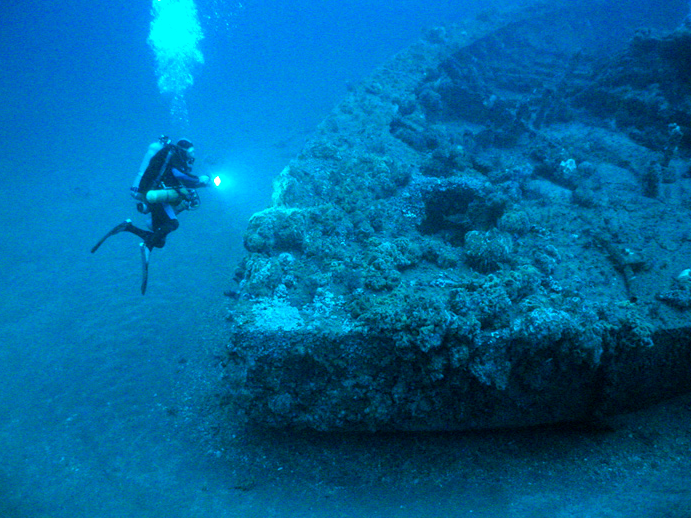
Dalton’s and Henry’s Laws
You probably vaguely remember your Recreational Dive instructor going on about ATA’s and ATM’s…and you’re thinking, “Yeah, right..blah blah blah, when do I get to breathe underwater and see a Spotted Eagle Ray?” And it was the same for me. I was on vacation in Hawaii and I got this wild hair to get certified and the only thing keeping me from getting in the water and tripping out on all the color and bubbles and stuff was this nutty test. Kind of like Algebra. I STILL don’t see the point to having learned Algebra.
But, Dalton’s and Henry’s Laws have a lot to do with your safe enjoyment of scuba. I swear. They really do. And this is it in a nutshell:
If the surface of the water is measured as 1 ATA (One atmosphere absolute…or 14.7psi) and 2 ATA is 33′ – 3 ATA is 66′ and 4 ATA is 99′
What on EARTH does this have to do with your weightless enjoyment of this sublime experience?
At 33′ you’re breathing twice (2 ATA) the amount of air from your tank and twice the amount of nitrogen FROM that air is being loaded into your tissue — than at the surface. At 66′ …3 times (3 ATA) and at 99’…4 times.
In other words, the deeper you go
- the more air you use from your tank (Dalton’s Law)
- the more nitrogen goes into solution in your body (Henry’s Law)
- the more compressed your wet suit and BC become – and, as a result, the more negatively buoyant you become unless of course you add air to your BC. (Dalton’s Law)
Watch this:
Know how the sciences effect your dive experience and enjoy it more!!
The post What do the Dive Sciences… appeared first on Scuba Diver Life.
